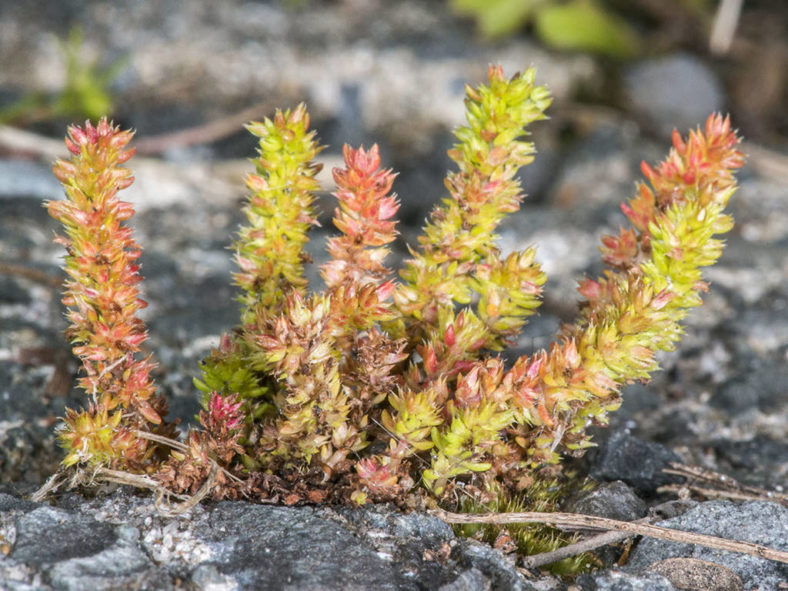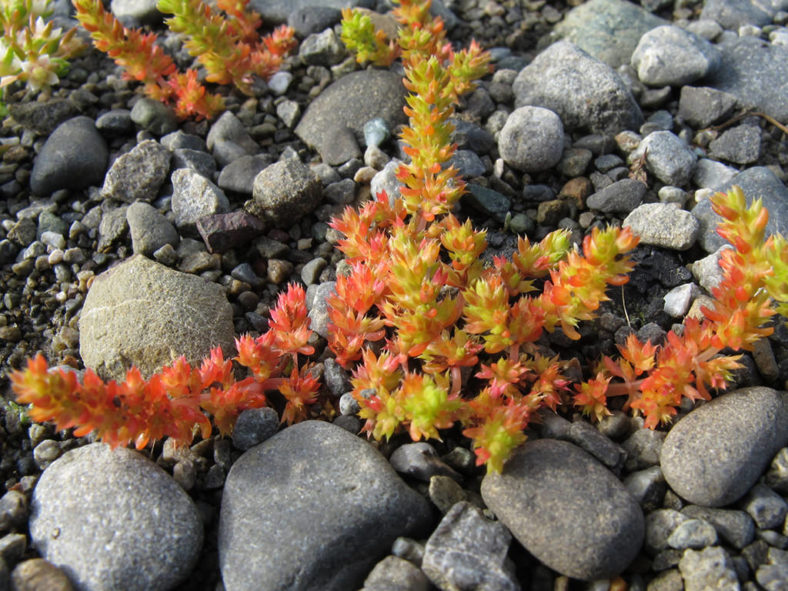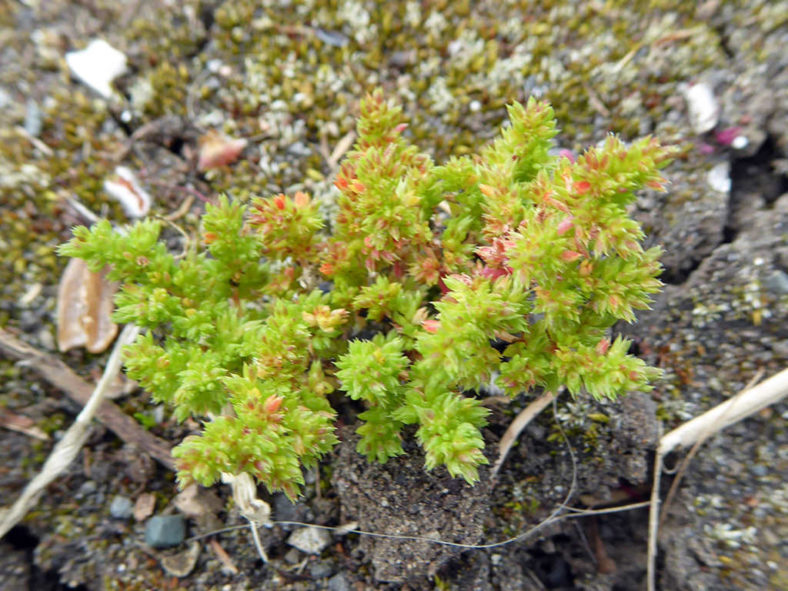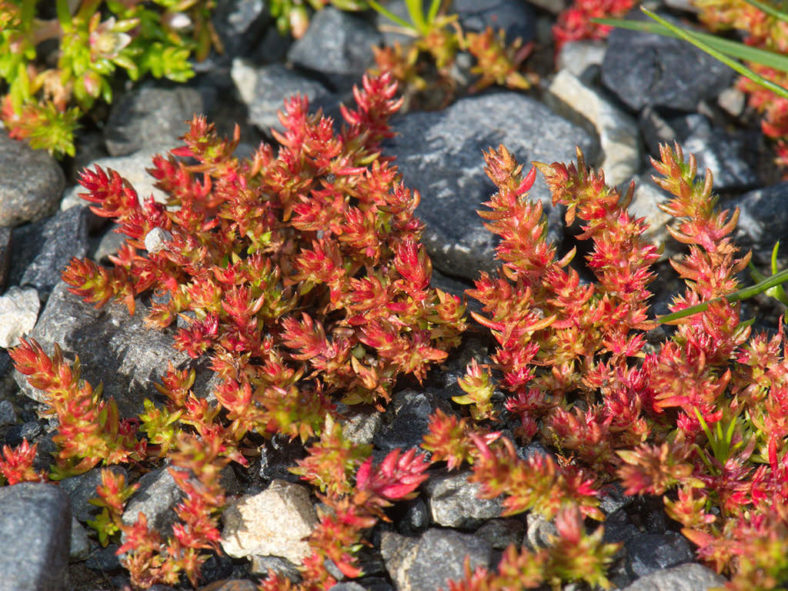Scientific Name
Crassula alata (Viv.) Berger
Common Name(s)
Three-part Crassula
Synonym(s)
Crassula alata subsp. alata, Crassula alata var. trichopoda, Crassula tripartita, Sedum confertum, Tillaea alata, Tillaea muscosa var. trichopoda, Tillaea trichopoda, Tillaea trichopoda
Scientific Classification
Family: Crassulaceae
Subfamily: Crassuloideae
Genus: Crassula
Etymology
The specific epithet "alata (a-LAY-tuh)" means "having wings, winged" and refers to the winged stems.
Origin
Crassula alata is native to the eastern Mediterranean Region but is now also found in Australia and New Zealand. It grows in shallow soil or crevices in masonry.
Description
Crassula alata is a small annual succulent with slender, simple or branched, usually erect stems that can grow up to 4.8 inches (12 cm) tall. The leaves are green to reddish-brown, lance-shaped, with the apex extended into a whitish bristle. They can measure about 0.3 inches (0.7 cm) long and 0.1 inches (0.2 cm) wide.
The flowers are white, 3- or 5-merous, and appear in dense clusters in the leaf axil in spring.

How to Grow and Care for Crassula alata
This plant has an annual growth habit, growing, flowering, seeding, and dying in one season.
Crassula alata grows in shallow soil or crevices in masonry in the wild. It is commonly found in lawns, paths, pavements, tennis courts, roadsides, and parking lots in Australia and New Zealand.
Learn more at How to Grow and Care for Crassula.
Toxicity of Crassula alata
Crassula alata is nontoxic to people and pets.
Links
- Back to genus Crassula
- Succupedia: Browse succulents by Scientific Name, Common Name, Genus, Family, USDA Hardiness Zone, Origin, or cacti by Genus
Photo Gallery
Click on a photo to see a larger version.


